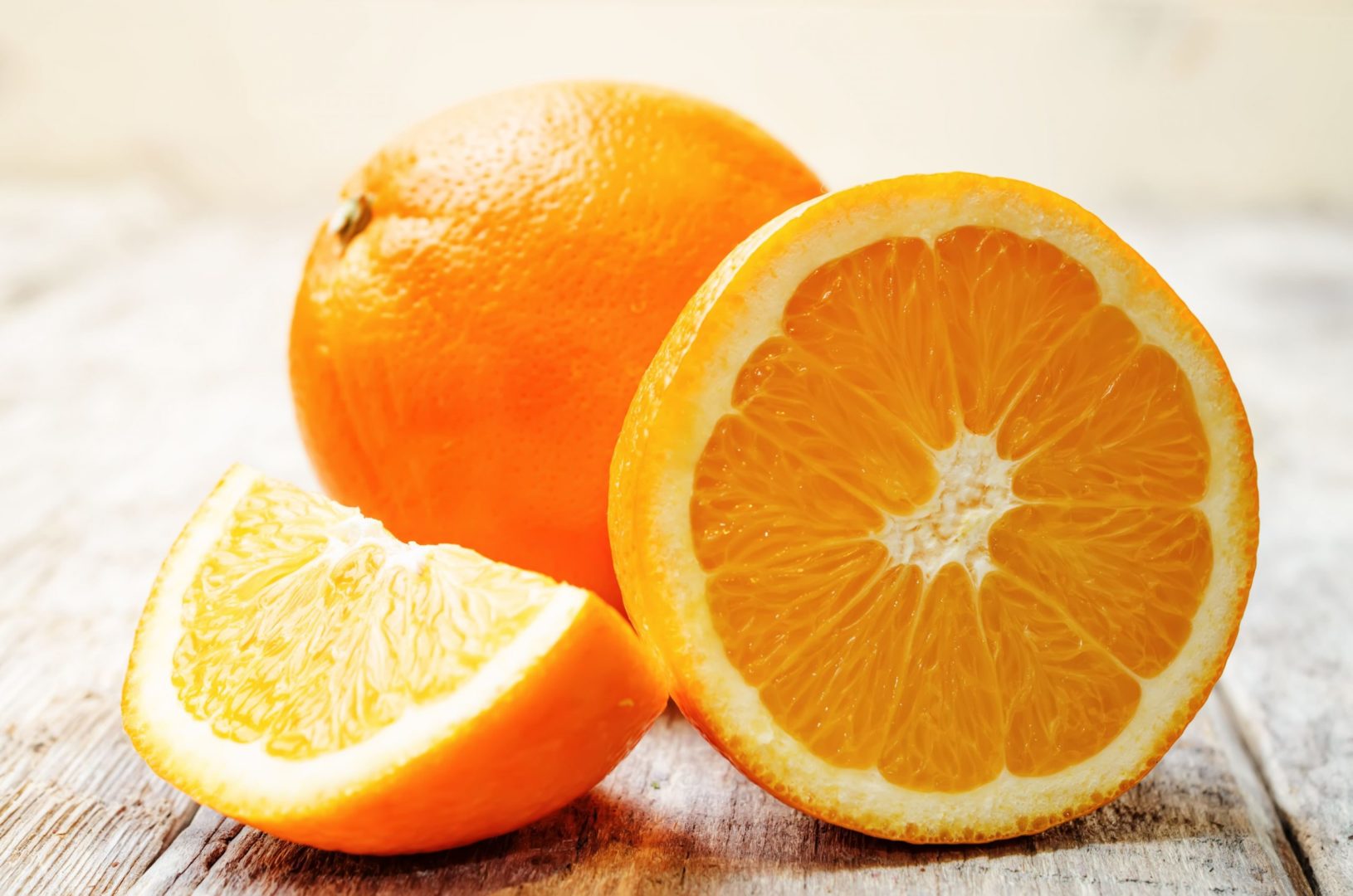
Vitamin C is essential for health. Also known as ascorbic acid, it is a water-soluble vitamin that has to be introduced with our diet because our body does not synthesize it.
THE BENEFITS OF VITAMIN C
Vitamin C is key to many important functions, and essential for overall well-being. First of all, it stimulates the immune system by protecting us from seasonal respiratory illnesses, and also has anti-viral and anti-inflammatory properties. It helps prevent flu and cold symptoms, and can even help alleviate some of the effects of asthma. Vitamin C and Vitamin E are important for our health thanks to their antioxidative properties that protect against free radicals and cellular aging. The antioxidative role of Vitamin C can also prevent and treat tumors.
Vitamin C is involved in the synthesis of collagen, a structural protein that is essential for the formation of connective tissue (epidermis, muscle, bone, cartilage, etc.). It both helps keep tissue healthy and repair damaged tissue. For example, it stimulates wound healing, prevents bleeding, and repairs fractured bones. Additionally, Vitamin C facilitates the absorption of Iron, as it contributes to the production of red blood cells and the synthesis of hemoglobin. As a result, it can reduce both chronic fatigue and muscle fatigue. This is why Vitamin C is necessary for individuals with anemia.
Vitamin C is also important for the well-being of the cardiovascular system. It keeps arteries clean and cholesterol levels low. It is therefore a valuable key player in preventing heart disease and reducing the risk of heart attack. Furthermore, it is essential for the nervous system as it is involved in the synthesis of certain neurotransmitters and hormones, including norepinephrine and serotonin, which are important for psychological functions and good mood. Vitamin C can even help prevent neurovegetative diseases like Alzheimer’s.
SOURCES OF VITAMIN C
Vitamin C is mainly found in fresh fruits and vegetables, particularly citrus fruits (oranges, grapefruit, and lemons), berries (strawberries and currants), and also in kiwis, cherries, pineapple, melon, watermelon, and papaya (especially fermented). The vegetables that are rich in Vitamin C include leafy greens (spinach, broccoli, cauliflower, turnip, greens, parsley, rocket, beet, thyme, dandelions, and nettle). Solanaceae are also good sources: sweet peppers (red, green, and yellow), tomatoes, chili, and new potatoes. Finally, it can also be found in asparagus and peas.
Vitamin C has a labile structure that is sensitive to light and heat, and can be easily broken down during cooking or simply by the oxygen in the air. For this reason, it is best to consume fresh and well-preserved products. Freezing helps preserve its structure and properties. The best cooking method for Vitamin C rich vegetables is steam. Pay attention to caffeine and nicotine, two substances that limit Vitamin C absorption.
VITAMIN C REQUIREMENTS
The daily requirements range from 75mg for women to 90mg for men, and they have lower and upper limits of 10mg and 200mg per day. In case of Vitamin C deficiency, the most common symptoms are fatigue, muscle soreness, and increased viral infections, and more severe ones include capillary fragility, bruising, unhealed wounds, swelling, and joint pain. In this case, it would be wise not only to increase Vitamin C intake from the diet, but also consider taking supplements.
SOURCES:
1) Vitamine – Informazioni generali – EPICENTRO (Last Accessed 05.30.2019)
2) Vitamine – Studi – EPICENTRO (Last Accessed 05.30.2019)
3) LARN – Livelli di assunzione di riferimento per la popolazione italiana: VITAMINE. Assunzione raccomandata per la popolazione (PRI) e assunzione adeguata (AI): valori su base giornaliera – Società Italiana di Nutrizione Umana-SINU, 2014 (Last Accessed 05.31.2019)
4) Vitamin and Mineral Supplement Fact Sheets – NIH National Institute of Health (Last Accessed 05.30.2019)
5) Vitamin C – NIH National Institute of Health (Last Accessed 05.30.2019)